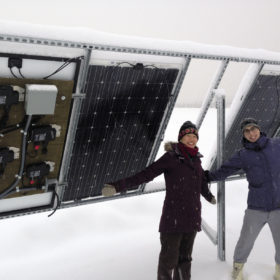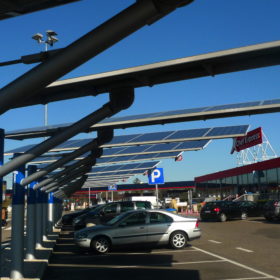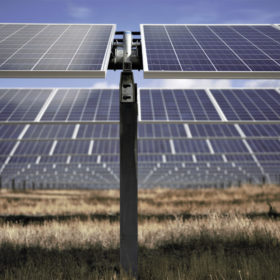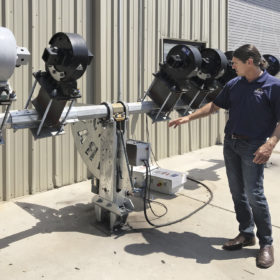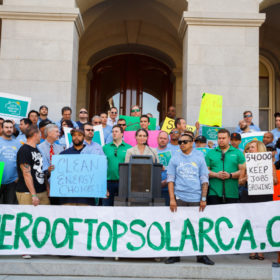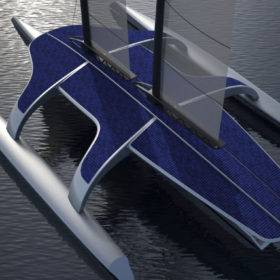The weekend read: Pursuing a 20% bifacial boost
Research on bifacial solar panel performance has moved performance analysis closer to a standardized practice than ever before. More field tests are underway across the United States, and the first waves of data are expected this year. These tests will help standardize a predictive model for bifacial projects that is bankable.
The influences driving solar carports
pv magazine’s Charles Thurston has written about the potential of solar carports in this month’s, hot-off-the-presses edition of the magazine. As a taster, here’s a few extra points on the topic that came in too late for the print deadline.
The weekend read: On track for broader horizons
The global vertical integration of the PV tracker industry is accelerating, as players seek to build organizations that can provide manufacturing and support in multiple markets simultaneously. These partnerships tend to connect intellectual property assets with global manufacturing capability and construction and engineering teams that have the financial wherewithal to pursue international markets. The trend also is driving product line expansion, as in the case of Nextracker’s offering of energy storage as an integrated part of its tracker design.
The weekend read: A new test for trackers
The benefits of deploying bifacial solar panels on single-axis trackers are touted like snake oil these days, with promises of anywhere from 5 to 50% gains in energy output compared with a monofacial panel. Unfortunately, the field data that might delineate the actual energy gain of a bifacial panel on a tracker are hard to acquire, and the data that are available typically describe small-scale tests under tightly defined conditions.
The weekend read: On track for quality improvement
China continues to grow in importance as a key source of components for solar trackers produced by the world’s leading tracker companies, in part since improvements in Chinese quality control have advanced significantly over the last few years.
The weekend read: Tracker market is adapting to bifacial module technology
Solar tracker makers are bringing specially designed models to the market in order to embrace the coming wave of bifacial panels. While bifacial panels may capture up to 10% more light than monofacial panels, single-axis trackers typically add 25% to that bifacial gain, resulting in a roughly estimated 12.5% gain from the two technologies combined, compared with fixed installs using monofacial panels.
NADB considers loan for Mexico’s largest PV plant, Puerto Libertad
If the loan is approved, it could close by the end of the month.
Rapper Akon lights up Africa with solar
Akon, the platinum-selling rapper, is lighting up Africa with solar lighting and other products thanks to a reported $1 billion credit line with Chinese manufacturers and a skill for celebrity networking.
Over 128,000 California homes go solar in 2016
New data from state California Solar Initiative (CSI) program Go Solar California reports that over the first 10 months of 2016, a total of 128,485 Californian families went solar, according to California Citisuns, the solar consumer advocacy based in Sacramento. The total suggests a 2016 total of over 154,000 new solar homes in the state.
Unmanned Mayflower solar trimaran aims to cross Atlantic
The Mayflower Autoship is being developed to sail under solar power from Plymouth, Devon to Plymouth, Massachusetts in 2020 to celebrate the 400th anniversary of the pilgrims journey aboard the original Mayflower in 1620. This would be the first Atlantic crossing by an unmanned solar vessel.
